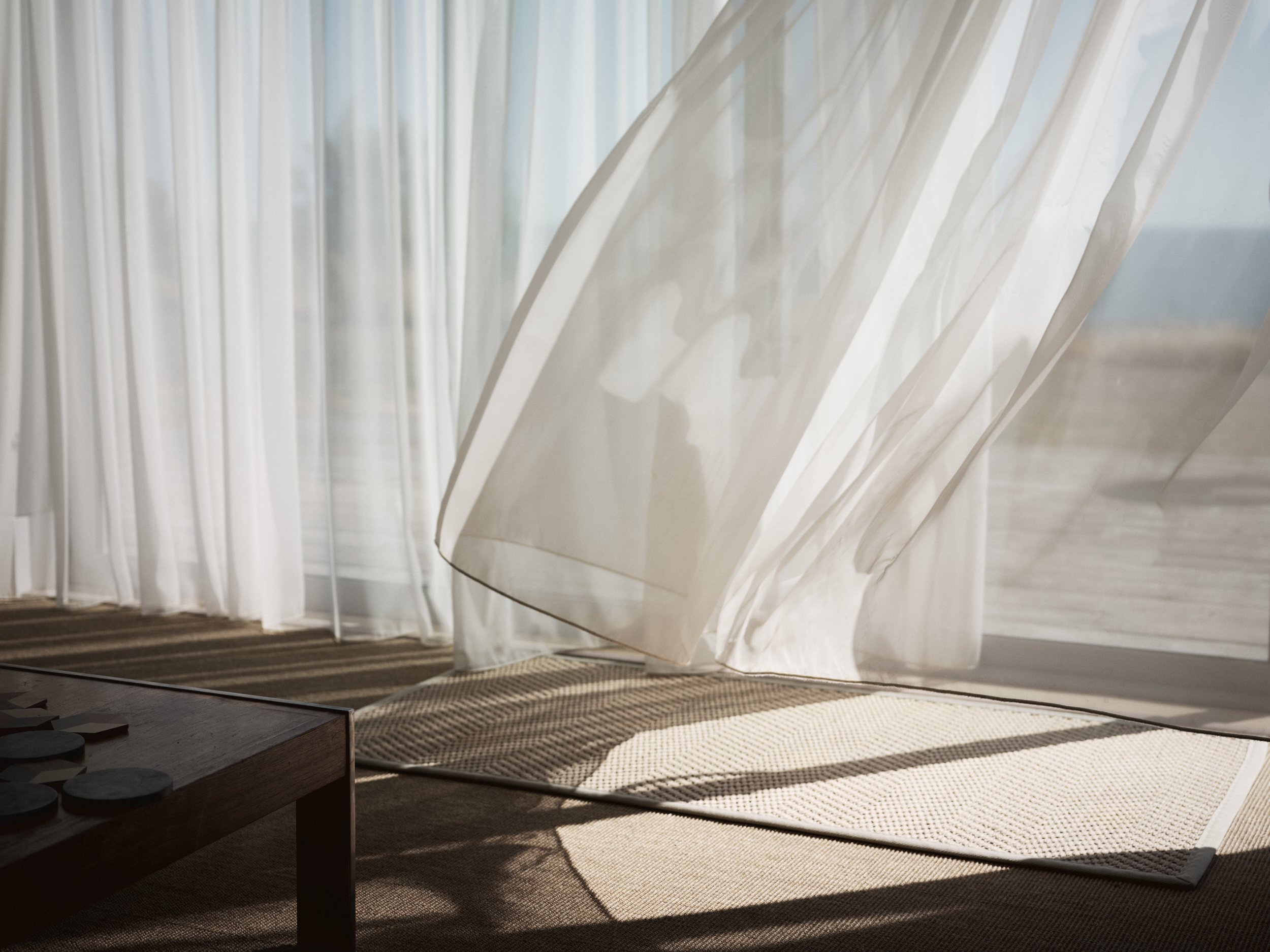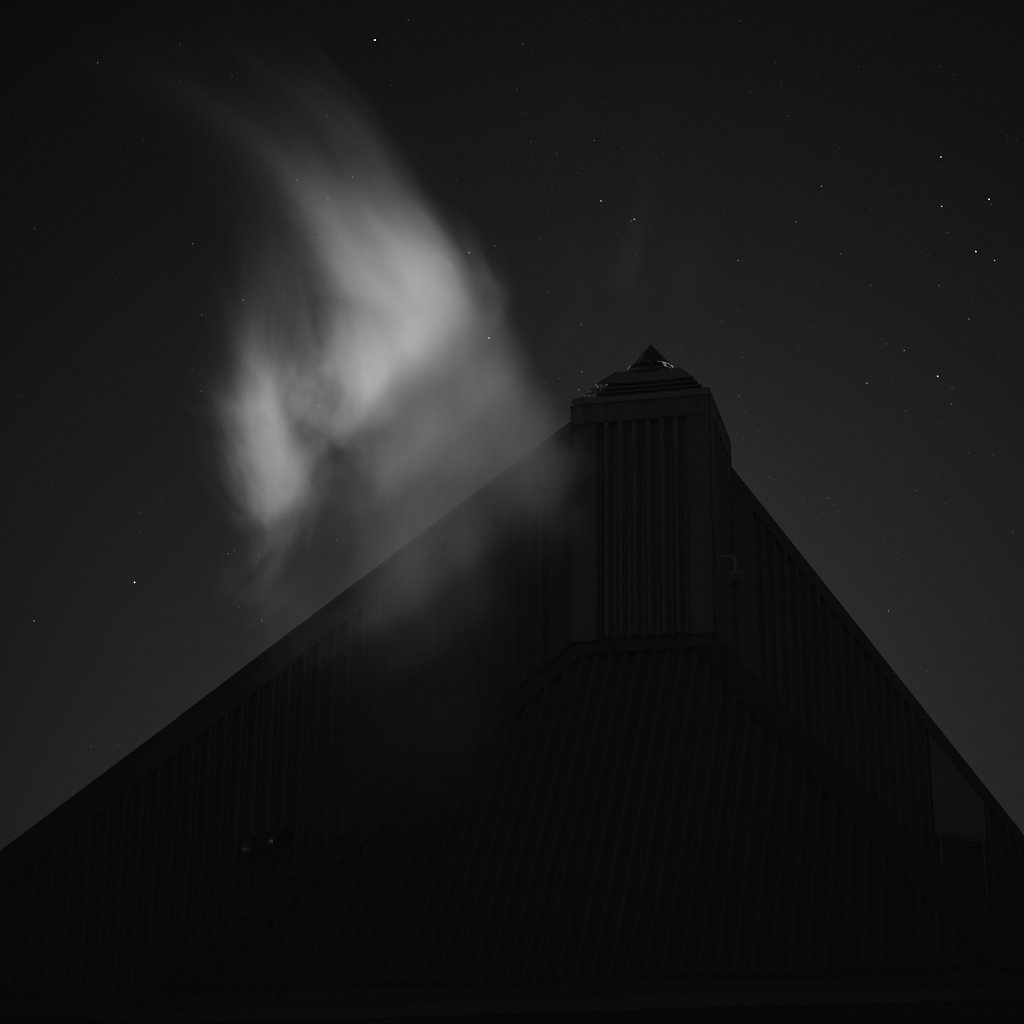Getting creative with Multiple Exposures on the X-T4
It’s been nearly two years since I wrote a blog on using the improved multiple exposure feature that debuted with the X-Pro3. I’ve since spent a lot more time shooting multiple exposures, so thought I would write a follow-up article to discuss what I’ve learnt since and maybe inspire others to give it a go.
What is a multiple exposure?
Multiple exposures are photographs in which two or more images are superimposed in a single frame. The concept isn’t a new one, and they were relatively easy to do in film cameras where, dependant on the camera, you didn’t have to wind on during each frame. In the digital camera world, Canon were ahead of the curve and started implementing a multiple exposure function in the pro-DSLR’s a long time ago.
A lot of the earlier fuji cameras allow you to do double exposures, which simply overlays two frames over each other. However, this all changed with the X-Pro3 which was the first Fuji camera to offer the option of superimposing up to 9 images in a single frame, alongside a number of different blend modes.
As far as I am aware, the multiple exposure functionality discussed in this article is available on the Fuji X-Pro 3, X-T4, X-E4, and GFX100s. There may be others, so please do check the instruction manual for your camera just to be sure (if your camera has it, please let me know in the comments and I will update the blog accordingly)
Lenses
My new favourite lens of choice for this type of work is the classic XF 18-135mm f3.5-5.6. It’s got a nice and broad focal length - ideal for combining different fields of view - and the OIS also come in handy. I’ve found that there’s very little need for super-fast lenses for this type of work, and cranking the ISO up doesn’t really bother me too much either. In fact, even at higher ISO’s the images seem quite clean (I’m assuming it’s due to layering of images, but I may be wrong)…
Blend Modes
I won’t go into detail about each of the modes, but there are four blend modes available;
Additive
Average
Bright
Dark
Out of the four blend modes, the majority of the images I make use with either Bright or Dark. Those two modes are the easiest for me to visualise and work with - you either keep adding the brighter elements of the darker elements with each frame. Adjusting the exposure of each frame using the exposure compensation dial is the easiest way to make quick adjustments on the fly to get layers how you want them.
However, there is one mode that up until recently, I’d overlooked. The Average Mode.
Average Mode
I’d never really used this mode much, and often found the results to a bit ‘meh’. This is definitely down to the operator and not the camera. However, it did get me thinking about how it could be used and I started to use it for long exposures when I didn’t have an ND Filter to hand.
By combining 9 images of shorter shutter speed lengths, you end up with pseudo long exposure. It’s not exactly the same as using a 10stop ND filter, but if you haven’t got one, then it’s not a bad compromise.
X-T4 vs X-Pro3
Both cameras offer the same multiple exposure functionality, but the X-T4 is my favourite camera for creating multiple exposures for two reasons;
The D-Pad
The battery grip
The D-Pad
Whilst it might seem a minor thing, the d-pad really helps make the process of making multiple exposures a lot easier. The reason? It allows me to quickly access to turn the Multiple Exposure function on and off, as well access to the white balance and film simulation options by assigning them to the d-pad. I talk a little bit more about how I use white balance and film sims in Multiple Exposures later on in the blog.
The battery grip
This one is all about ergonomics and ease of use. It’s not uncommon for me to combine upside-down images when doing a multiple exposure and the battery grip makes this so much easier to do! Have you tried to take an upside-down image with an x-pro3? it’s not easy, let me tell you!
Film Simulations and White Balance
The final output is a JPEG, so this reduces options for post-processing, so the only real recommendation I would make is to shoot using a fairly flat colour profile, such as Eterna. You can then add a little bit of contrast in post should you need to, but at least you will have some flexibility. If you shoot the image using either Acros or Monochrome profiles, then all the colour will be lost in the final output. The only way around this is to keep the original files, make them colour and then do the multiple exposure work in Photoshop. This kind of defeats the object of using the in-camera method for me…
Adjusting the white balance, or changing the film simulation on individual images within the sequence is a quick way of getting some really interesting results. Changing the white balance creates interesting colour shifts as the different images interact with each other.
After a lot of practice, it’s possible to predict what will happen - to an extent.
These two images were shot using a combination of different white balances, with wildly different results from roughly the same composition.
Kaizen Opportunities for Fujifilm
Not a lot has changed since my original conclusions in 2019, but my thinking has shifted slightly / become clearer, as to what I think would really lift the functionality up a level and make it a tool that really becomes a viable option for photographers that wish to experiment and play and move beyond using the camera to take more traditional images. The improvements I would like to see are;
RAW output - The final JPEG is ok, but having the final image as a RAW would be even better to allow for pushing the files even further in post-processing. As far as I know, Canon are the only cameras that has a multiple exposure mode to have a RAW output.
Select a base image - I know that Canon and Nikon implementations of Multiple Exposures have this feature, and being able to select an image from the SD card as the first image in your mulitple exposure opens up a whole new world of visual opportunities. e.g selecting a multiple exposure image made using the light blend mode as the base image, and then in a completely different location, start adding new exposures using the dark blend mode etc…
Saving all of the original images - When making multiple exposures, I’m not really interested in all the images that make up the final result. Currently, all the images are saved. Having the ability to choose whether they are kept, or only the final image is kept, would be great. If you’ve made a series of 3 multiple exposure images, each made of 9 individual images, you’ve now saved a total of 30 images, only 3 of which you’re interested in. That’s a 90% waste on the memory card. Viewing all those unwanted images on the back screen as you look to find the final mulitple exposure is a real pain.
Continuous Shooting - It would be good if you didn’t have to select ok after each individual image, but could shoot up to 9 images in a row without having to do any additional clicks. This would make it a lot easier when using the average mode for long exposures when you don’t have an ND filter.
An image made using the light mode, which I used to add the bright specular highlights to the image
Further reading
If you’d like to explore a little more about what’s possible with Multiple Exposures, then I highly recommend looking at the work of Valda Bailey, Doug Chinnery and Chris Friel as a good starting point.











Featuring 36 colour images from three areas of local heathland through the seasons, Heathland | Rejuvenation covers my exploration of three heathlands in Bedfordshire over the last 6 years.